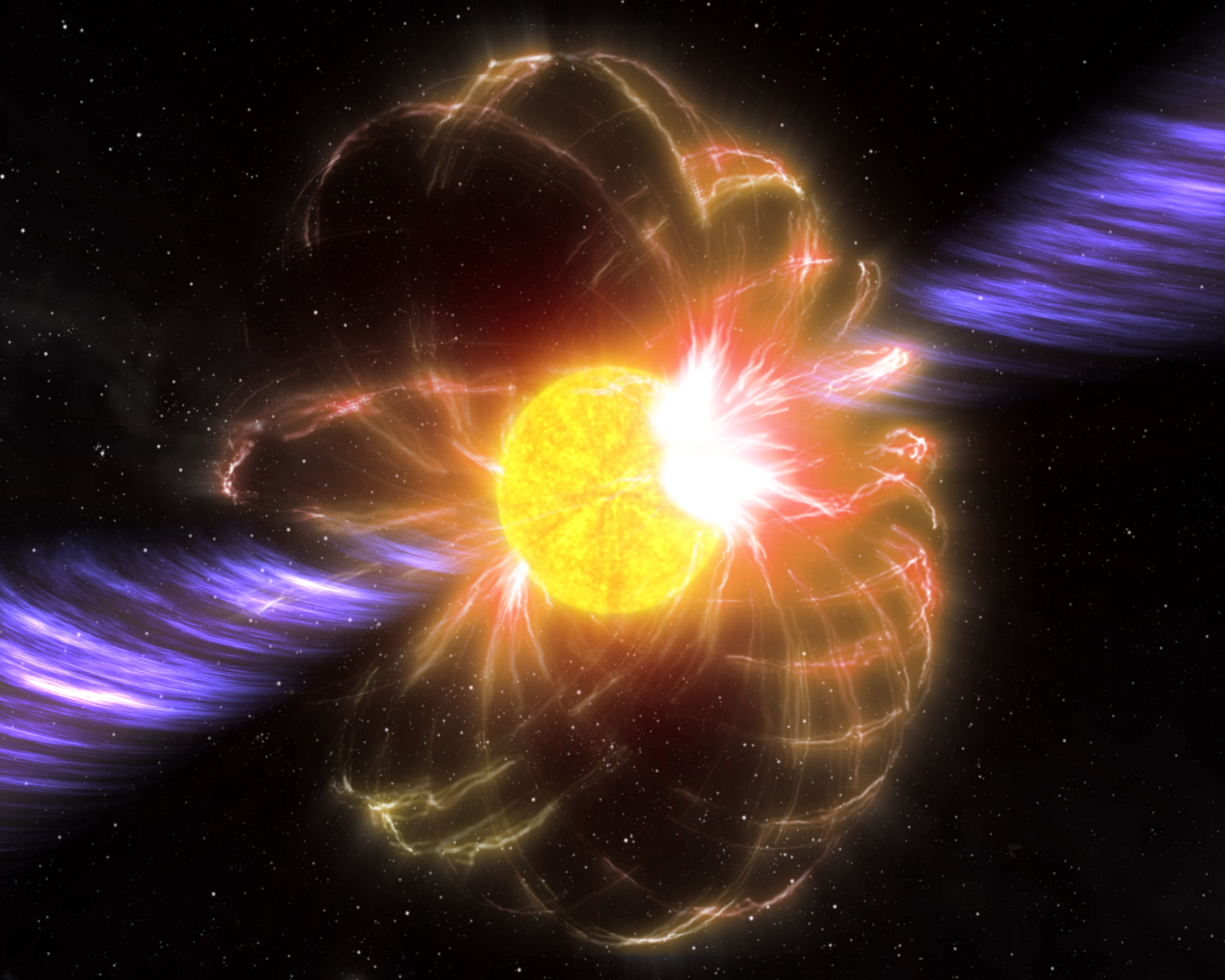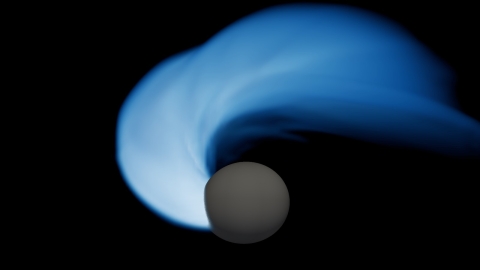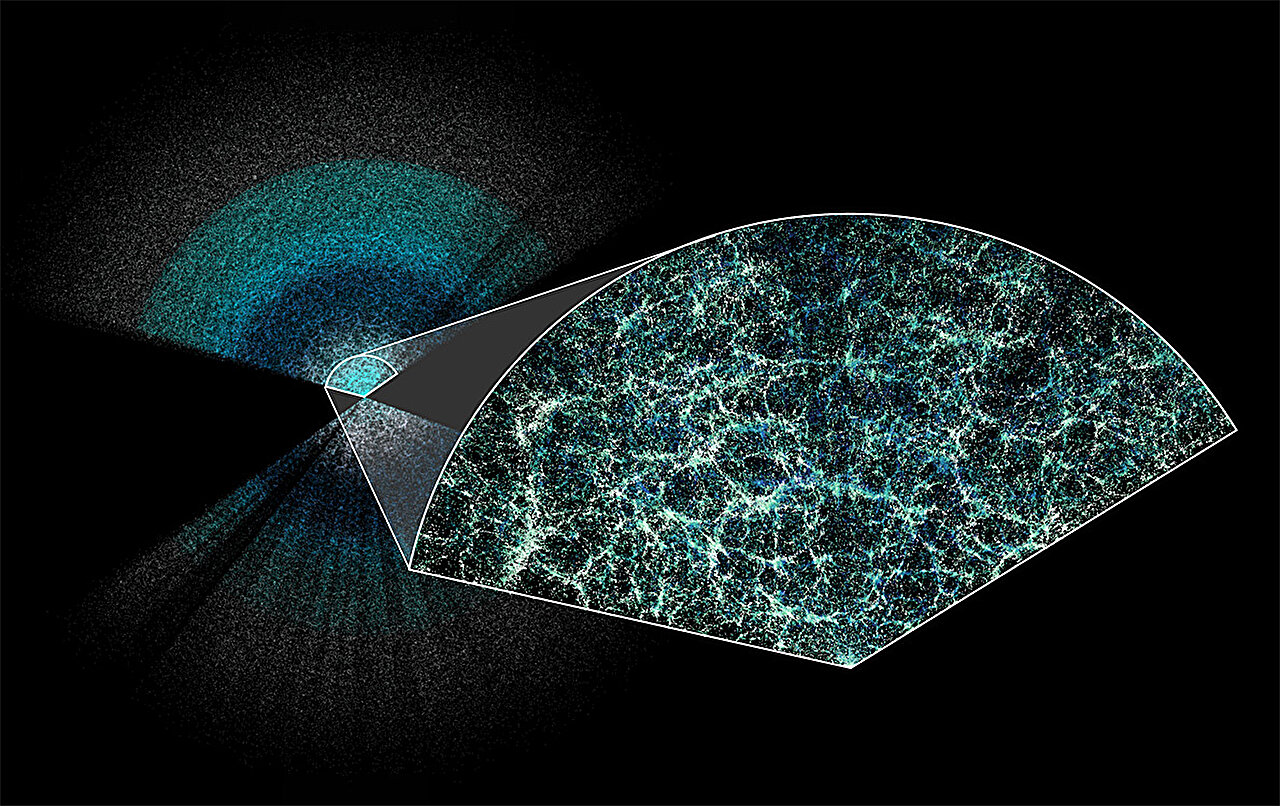
Researchers using Murriyang, CSIRO’s Parkes radio telescope, have detected unusual radio pulses from a previously dormant star with a powerful magnetic field.
New results published today in Nature Astronomy describe radio signals from magnetar XTE J1810-197 behaving in complex ways.
Magnetars are a type of neutron star and the strongest magnets in the Universe. At roughly 8,000 light years away, this magnetar is also the closest known to Earth.
Most are known to emit polarised light, though the light this magnetar is emitting is circularly polarised, where the light appears to spiral as it moves through space.
Dr Marcus Lower, a postdoctoral fellow at Australia’s national science agency...
Read More








Recent Comments